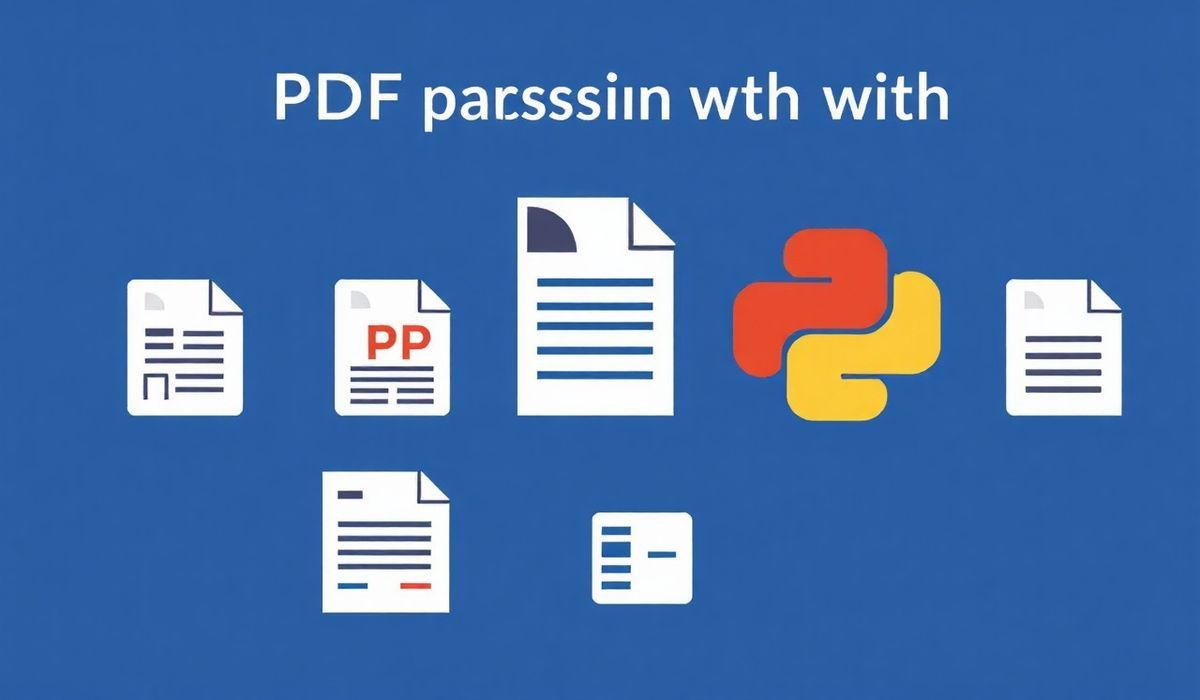Firestore Seed Comprehensive Guide for Developers
Welcome to our comprehensive guide on firestore-seed, the ultimate tool for seeding your Firestore database. Whether you’re a beginner or a seasoned developer, this guide will introduce you to dozens of useful APIs and provide practical code snippets to supercharge your Firestore development experience.
Introduction to Firestore-Seed
Firestore-Seed is a powerful library designed to help you populate and manage your Firestore database with ease. It offers a variety of APIs that enable seamless data seeding, ensuring you can quickly set up your Firestore environment for development and testing purposes.
Useful API Explanations and Code Snippets
Initialize Firestore-Seed
const { FirestoreSeed } = require('firestore-seed');
const seed = new FirestoreSeed({
projectId: 'your-project-id',
keyFilename: 'path-to-your-service-account-file.json'
});
Create Collections and Documents
await seed.createCollection('users', [
{ id: 'user1', name: 'Alice', age: 30 },
{ id: 'user2', name: 'Bob', age: 25 }
]);
Retrieve Documents
const users = await seed.getDocuments('users');
console.log(users);
Update Documents
await seed.updateDocument('users', 'user1', { age: 31 });
Delete Documents
await seed.deleteDocument('users', 'user2');
App Example Using Firestore-Seed APIs
Let’s build a simple Node.js app that utilizes Firestore-Seed to manage user data.
App Setup
const express = require('express');
const { FirestoreSeed } = require('firestore-seed');
const app = express();
const seed = new FirestoreSeed({
projectId: 'your-project-id',
keyFilename: 'path-to-your-service-account-file.json'
});
app.use(express.json());
app.get('/users', async (req, res) => {
const users = await seed.getDocuments('users');
res.json(users);
});
app.post('/users', async (req, res) => {
await seed.createCollection('users', [req.body]);
res.status(201).send('User created');
});
app.put('/users/:id', async (req, res) => {
await seed.updateDocument('users', req.params.id, req.body);
res.send('User updated');
});
app.delete('/users/:id', async (req, res) => {
await seed.deleteDocument('users', req.params.id);
res.send('User deleted');
});
app.listen(3000, () => {
console.log('Server is running on port 3000');
});
With the above code, you have a complete CRUD application running using Firestore-Seed APIs. Experiment with the endpoints to create, read, update, and delete user records.
Whether you’re setting up a new project or managing an existing one, Firestore-Seed offers a plethora of features to streamline your Firestore database interactions. Happy coding!
Hash: 3e37bd97519385171b69e02b5d48cb1da3239dbb3401c024b79954d23dc94cef




